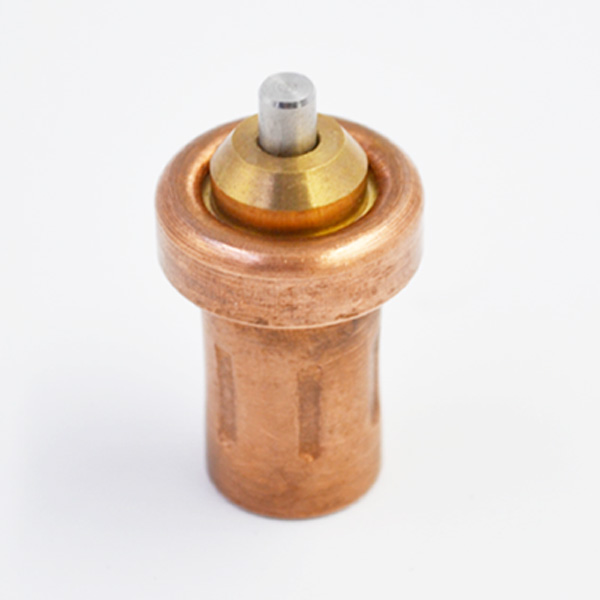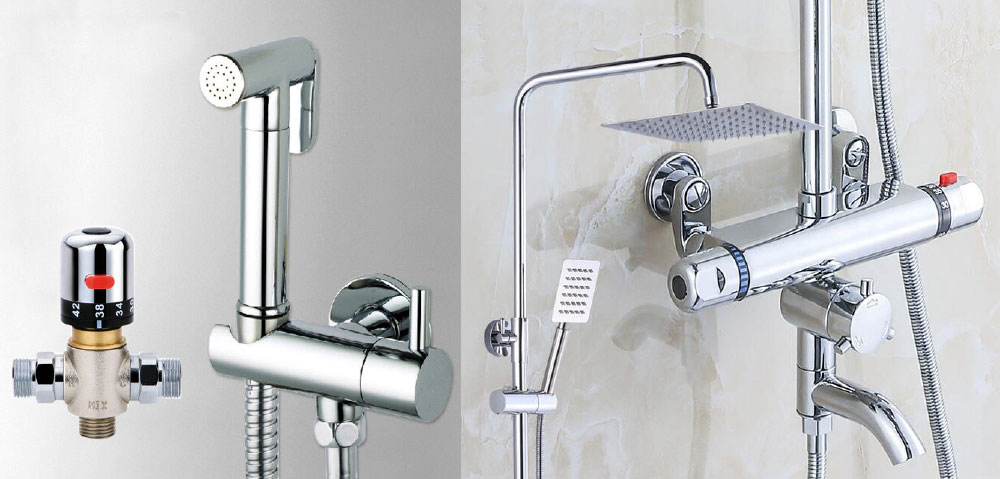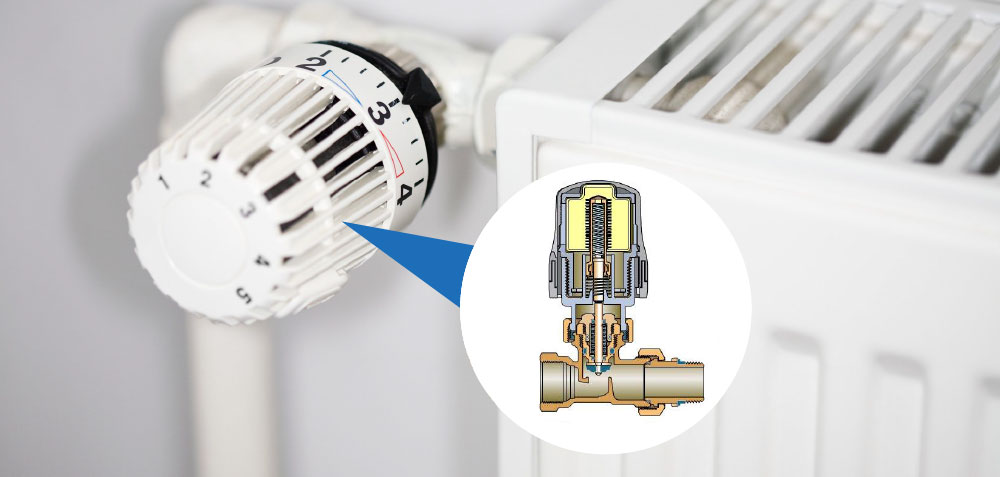In this paper, a detailed analysis and study of various detection and calibration methods of the pressure controller verification device is carried out. Pressure controller verification device integrates vacuum, pneumatic pressure and hydraulic pressure, and has three functions: one machine and three functions; it adopts digital image technology. Using pneumatic pump, hydraulic pump and servo motor to subdivide pressure can prepare to control pressure time, pressure control time and pressure control accuracy; through touch screen control, man-machine integration can be achieved. Testing and calibrating precision pressure gauges, general pressure gauges and pressure transmitters according to the latest national verification regulations. It is suitable for calibration and calibration of pressure controller verification devices for measuring general pressure gauges, precision pressure gauges and pressure transmitters. Verification Regulation of JJG 49-2013 Elastic Component Precision Pressure Gauge and Vacuum Meter [1]. JJG52-2013 Verification Regulations for Elastic Component Type General Pressure Gauges, Pressure Vacuum Meters and Vacuum Meters [2]. Verification regulation of JJG 882-2004 Pressure Transmitter [3]. Appearance inspection. Determine the factors that do not affect the measurement characteristics.
Under the prescribed environmental conditions, thermostatic element the inner chamber of the precision meter is connected with the atmosphere, and placed in the normal working position. With visual observation, the zero error verification should be done before and after the indication error verification.

After withstanding the pressure for 3 minutes, the step-down test is carried out point by point to zero. Verification of return error. The return error is checked when the indication error is checked. The return error of the precision meter is checked after tapping the shell of the watch at the same checking point. Verification of tapping displacement. The tapping displacement calibration is carried out when the indication error is calibrated. The indicator displacement caused by the change of the pointer displacement before and after tapping the precision meter shell at the same verification point is the tapping displacement number. Pointer deflection smoothness check. During the verification of indication error, the deflection of the pointer is observed with eyesight. Determine the factors that do not affect the measurement characteristics.
Under the prescribed environmental conditions, the chamber of the general pressure gauge is connected with the atmosphere, and placed in the normal working position. With visual observation, the zero error verification should be done before and after the indication error verification. General pressure gauge indication verification room adopts the method of direct comparison between the standard indicator value and the indication value of the checked gauge. The calibration point of indication error should be selected according to the digital grading line, and the calibration point of the upper limit of vacuum gauge measurement should be selected according to more than 90% of local atmospheric pressure. Apply pressure evenly from zero to the first verification point (standard indicator value), then read the indicator value of the checked table and evaluate it by 1/5 of the scale value. The difference between the measured value before and after tapping and the standard value is the indication error of the verification point. So the upper limit of the measurement, cut off the pressure source (or vacuum source), withstand the pressure for 3 minutes, step-by-step pressure verification to zero. Diaphragm pressure gauges with positive and negative pressure ranges should be calibrated for indication errors of positive and negative pressure ranges respectively. The return error is checked when the indication error is checked. The return error of the meter is checked after tapping the shell at the same checking point. The tapping displacement calibration is carried out when the indication error is calibrated. The indicator displacement caused by the change of the pointer displacement before and after tapping the precision meter shell at the same verification point is the tapping displacement number. During the verification of indication error, the deflection of the pointer is observed with eyesight. Visual observation and electrical examination.
Steady boost (or evacuation) so that the pressure of the pressure transmitter measuring chamber reaches the upper limit (or 90% of the local atmospheric pressure of the evacuation), close the pressure source, seal for 15 minutes, there should be no leakage. In the last 5 minutes, the pressure drop (or rise) can not exceed 2% of the upper limit of measurement (or can be observed by the equivalent change of the output signal of the transmitter). Equipment connection and installation. In order to achieve thermal balance, the calibration equipment and the transducer must be placed for 2 hours under the calibration conditions. Transmitters with accuracy less than 0.5 can shorten the time of placement, generally for 1 hour.
The calibration equipment and the transducer under test are connected as required and the pressure guide tube is filled with pressure transfer medium.

The output load is selected according to the manufacturer’s regulations. If the specified value is more than two resistance values, the maximum value should be taken for the current output transmitter and the minimum value for the current and voltage output transmitter. Select the verification point. The selection of verification points should be based on the basic uniform distribution of the range, generally including not less than five points, including the upper limit value and the lower limit value (or less than 10% of the input range nearby). Pressure transmitters superior to grades 0.1 and 0.
05 should have no less than 9 points. For the pressure transmitter with adjustable input range, the input range should be adjusted to the specified minimum and maximum respectively for verification. For the pressure transmitter with adjustable input range, only the constant range or the specified range of the sender can be verified in subsequent verification and use. Adjustment before verification. Before verification, the lower and upper limits of output are adjusted by changing the input pressure to make them consistent with the theoretical lower and upper limits. Generally, it can be accomplished by adjusting “zero” and “full range”.
Pressure transmitter with fieldbus must adjust “zero” and “full range” of input and output parts respectively, and adjust the damp value of pressure transmitter to zero at the same time. Absolute pressure transmitter zero absolute pressure as small as possible, resulting in errors not exceeding 1/10-1/20 of the allowable error. Verification method. Starting from the lower limit, input pressure signal to each verification point smoothly, read and record the output value until the upper limit; then change the pressure signal to each verification point smoothly, read and record the output value until the lower limit, so that two cycle verification is carried out. Forced calibration of pressure transmitters should have at least three cycles of calibration.

No adjustment of zero point and range, no tapping and vibration transmitter are allowed in the verification process.
When approaching the verification point, the input pressure signal should be slow enough to avoid overshoot. The calibration of backlash and measurement error are carried out simultaneously. The pressure controller verification device follows the national metrology verification regulation closely, and the verification process and calculation results fully meet the requirements of the national verification regulation; the detection and calibration methods are various, and the method is high precision, high efficiency and flexible operation.
